Italy national football team
World Ranking: 7
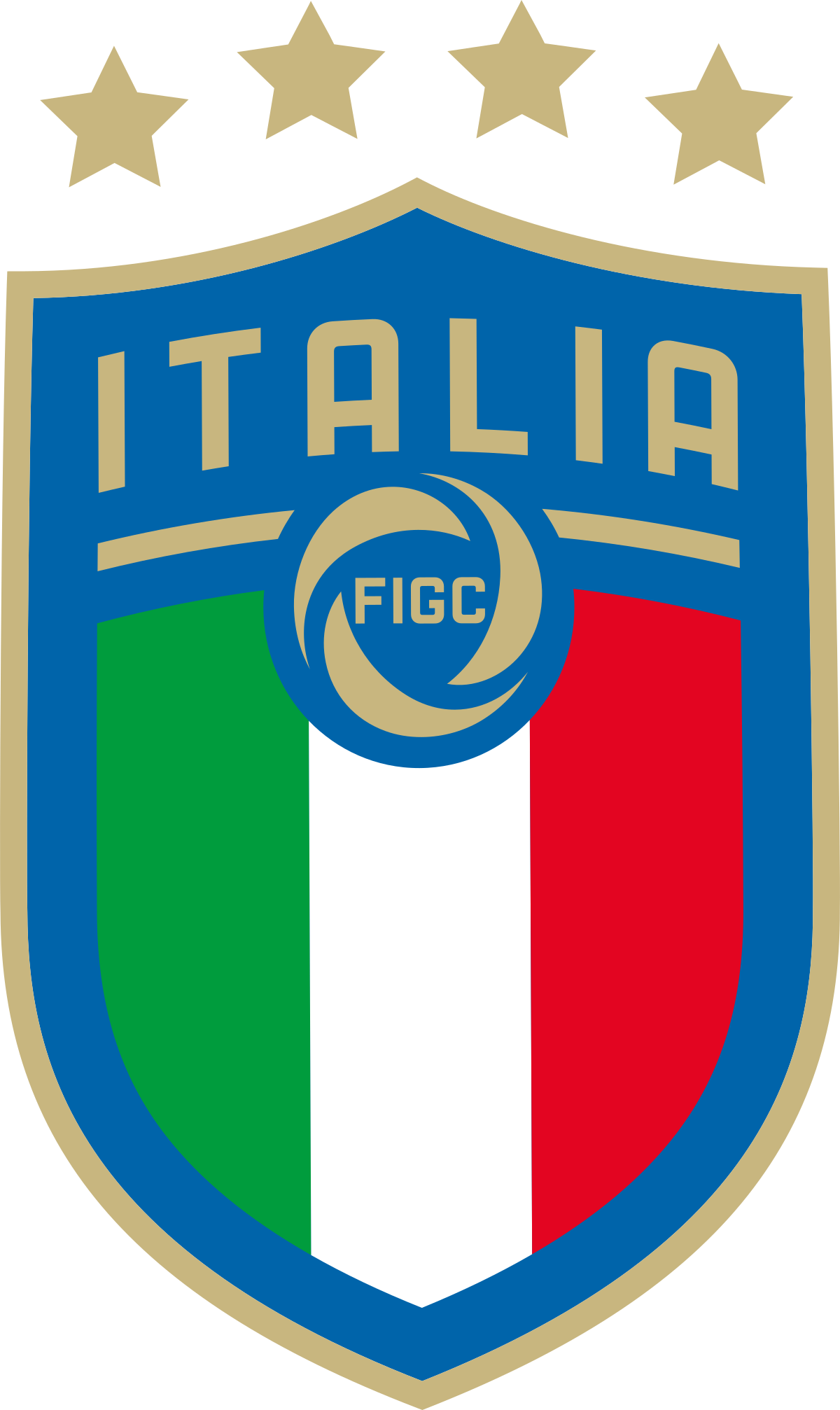
GOVERNING BODY:-
Italian Football Federation (Federazione Italiana Giuoco Calcio, FIGC)
CAPTAIN:-
Giorgio Chiellini
COACH:-
Roberto Mancini
MOST CAPPED PLAYER:-
Gianluigi Buffon (176 caps)
TOP SCORER:-
Luigi Riva (35 goals)
STAR PLAYERS:-
Gianluigi Donnarumma, Giorgio Chiellini, Leonardo Bonucci, Lorenzo Insigne, Federico Chiesa
NICKNAME:-
Gli Azzurri (The Blues)
RIVALS:-
Brazil
Croatia
France
Germany
Spain
WORLD CUP:-
Appearances: 18
Best Result: Champions (1934, 1938, 1982, 2006)
EUROS:-
Appearances: 9
Best Result: Champions (1968)
The Italy national football team has officially represented Italy in international football since their first match in 1910.
The squad is under the global jurisdiction of FIFA and is governed in Europe by UEFA—the latter of which was co-founded by the Italian team’s supervising body, the Italian Football Federation (FIGC).
Italy’s home matches are played at various stadiums throughout Italy, and their primary training ground, Centro Tecnico Federale di Coverciano, is located at the FIGC technical headquarters in Coverciano, Florence.
Italy is one of the most successful national teams in the history of the World Cup, having won four titles (1934, 1938, 1982, 2006) and appearing in two other finals (1970, 1994), reaching third place (1990) and fourth place (1978).
In 1938, they became the first team to defend their World Cup title, and due to the outbreak of World War II, retained the title for a further 12 years. Italy had also previously won two Central European International Cups (1927–30, 1933–35).
Between its first two World Cup victories, Italy won the Olympic football tournament (1936). After the majority of the team was killed in a plane crash in 1949, the team did not advance past the group stage of the following two World Cup tournaments, and also failed to qualify for the 1958 edition—failure to qualify for the World Cup would not happen again until the 2018 edition.
Italy returned to form by 1968, winning a European Championship (1968), and after a period of alternating unsuccessful qualification rounds in Europe, later appeared in two other finals (2000, 2012).
Italy’s highest finish at the FIFA Confederations Cup was in 2013, where the squad achieved a third-place finish.
The team is known as gli Azzurri (the Blues). Savoy blue is the common colour of the national teams representing Italy, as it is the traditional paint of the royal House of Savoy, which reigned over the Kingdom of Italy from 1860 to 1946.
The national team is also known for its long-standing rivalries with other top footballing nations, such as those with Brazil, Croatia, France, Germany and Spain.
In the FIFA World Rankings, in force since August 1993, Italy has occupied the first place several times, in November 1993 and during 2007 (February, April–June, September), with its worst placement in August 2018 in 21st place.
Football in Italy
Football is the most popular sport in Italy.
The Italy national football team is considered to be one of the best national teams in the world.
They have won the FIFA World Cup four times (1934, 1938, 1982, 2006), trailing only Brazil (with 5), runners-up in two finals (1970, 1994) and reaching third place (1990) and fourth place (1978).
They have also won one European Championship (1968), also appearing in two finals (2000, 2012), finished third at the Confederations Cup (2013), won one Olympic football tournament (1936) and two Central European International Cups (1927–30 and 1933–35).
Italy’s top domestic league, the Serie A, is one of the most popular professional sports leagues in the world and it is often depicted as the most tactical national football league.
Italy’s club sides have won 48 major European trophies, making them the second most successful nation in European football.
Serie A hosts three of the world’s most famous clubs as Juventus, Milan and Inter, all founding members of the G-14, a group that represented the largest and most prestigious European football clubs.
Serie A was the only league to produce three founding members – Juventus, Milan and Inter – along with Roma, Fiorentina, Lazio and, historically, Parma but now Napoli are known as the Seven Sisters of Italian football.
Italian managers are the most successful in European football, especially in competitions such as the Champions League. More players have won the coveted Ballon d’Or award while playing at a Serie A club than any other league in the world, except La Liga.
Italian Football League System
The Italian football league system, also known as the Italian football pyramid, refers to the hierarchically interconnected league system for football in Italy.
It consists of nine national and regional tournaments, the first three being professional, while the remaining six are amateur, set up by the Italian Football Federation.
One team from San Marino also competes. The system has a hierarchical format with promotion and relegation between leagues at different levels.
In theory, it is possible for a lowly local amateur club to rise to the pinnacle of the Italian game and win the Scudetto.
While this may be unlikely in practice (at the very least, in the short run), there certainly is significant movement within the pyramid. The top two levels contain one division each.
Below this, the levels have progressively more parallel divisions, which each cover progressively smaller geographic areas.
STRUCTURE
The system uses the principle of promotion and relegation.
The first tier of Italian football is Serie A, which is governed by the Lega Nazionale Professionisti Serie A and is made up of 20 teams.
The second tier is Serie B, which is organised by the Lega Nazionale Professionisti Serie B. Both of these leagues cover the whole of Italy.
The third tier is Serie C. It is run by the Lega Italiana Calcio Professionistico; it has three divisions of 20 clubs each, which are generally split on the basis of location.
At the fourth tier is Serie D, a league of nine parallel divisions (in which the clubs are divided by geographical location) that is organised by the Dipartimento Interregionale of the Lega Nazionale Dilettanti.
Beneath these are five further levels – three of them, Eccellenza, Promozione and Prima Categoria, are organised by regional committees of the Lega Nazionale Dilettanti. The last two levels – Seconda Categoria and Terza Categoria, by provincial committees.
All 100 Serie A, Serie B and Serie C clubs are professional.
PROFESSIONAL LEAGUES
Tier 1 – Serie A
(One national division, 20 clubs)
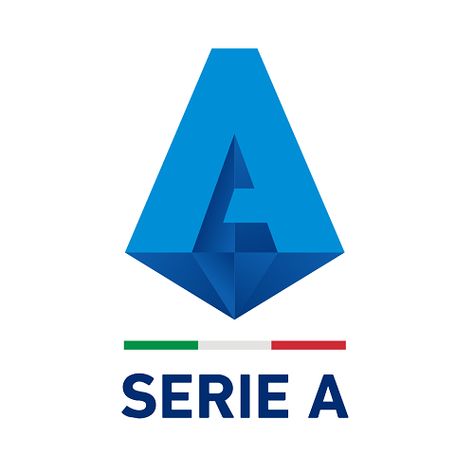
Serie A is a professional league competition for football clubs located at the top of the Italian football league system and the winner is awarded the Scudetto and the Coppa Campioni d’Italia.
It has been operating as a round-robin tournament for over ninety years since the 1929–30 season. It had been organized by the Direttorio Divisioni Superiori until 1943 and the Lega Calcio until 2010 when the Lega Serie A was created for the 2010–11 season.
Serie A is regarded as one of the best football leagues in the world and it is often depicted as the most tactical and defensively sound national league.
Serie A was the world’s strongest national league in 2020 according to IFFHS, and is ranked third among European leagues according to UEFA’s league coefficient, behind La Liga and the Premier League and ahead of the Bundesliga and Ligue 1, which is based on the performance of Italian clubs in the Champions League and the Europa League during the previous five years.
Serie A led the UEFA ranking from 1986 to 1988 and from 1990 to 1999.
In its current format, the Italian Football Championship was revised from having regional and interregional rounds to a single-tier league from the 1929–30 season onwards.
The championship titles won prior to 1929 are officially recognised by FIGC with the same weighting as titles that were subsequently awarded. Similarly, the 1945–46 season, when the round-robin was suspended and the league was played over two geographical groups due to the ravages of WWII, is not statistically considered, even if its title is fully official.[6]
The league hosts three of the world’s most famous clubs as Juventus, Milan and Internazionale, all founding members of the G-14, a group which represented the largest and most prestigious European football clubs from 2000 to 2008, with the first two also being founding members of its successive organisation, European Club Association (ECA).
More players have won the coveted Ballon d’Or award while playing at a Serie A club than any league in the world other than Spain’s La Liga, although La Liga has the highest total number of Ballon d’Or winners.
Juventus, Italy’s most successful club of the 20th century and the most successful Italian team, is tied for sixth in Europe and twelfth in the world with the most official international titles.
The club is also the only one in the world to have won all possible official confederation competitions.
Milan is the joint third club for official international titles won in the world, with eighteen.
Internazionale, following their achievements in the 2009–10 season, became the first Italian team to have achieved a treble. Inter are also the only team in Italian football history to have never been relegated.
Juventus, Milan and Inter, along with Lazio, Fiorentina, Roma and Napoli, are known as the Seven Sisters of Italian football.
Serie A is one of the most storied football leagues in the world.
Juventus is the team that has produced the most World Cup champions (25), with Inter (19), Roma (15) and Milan (10), being respectively third, fourth and ninth in that ranking.
Tier 2 – Serie B
(One national division, 20 clubs)
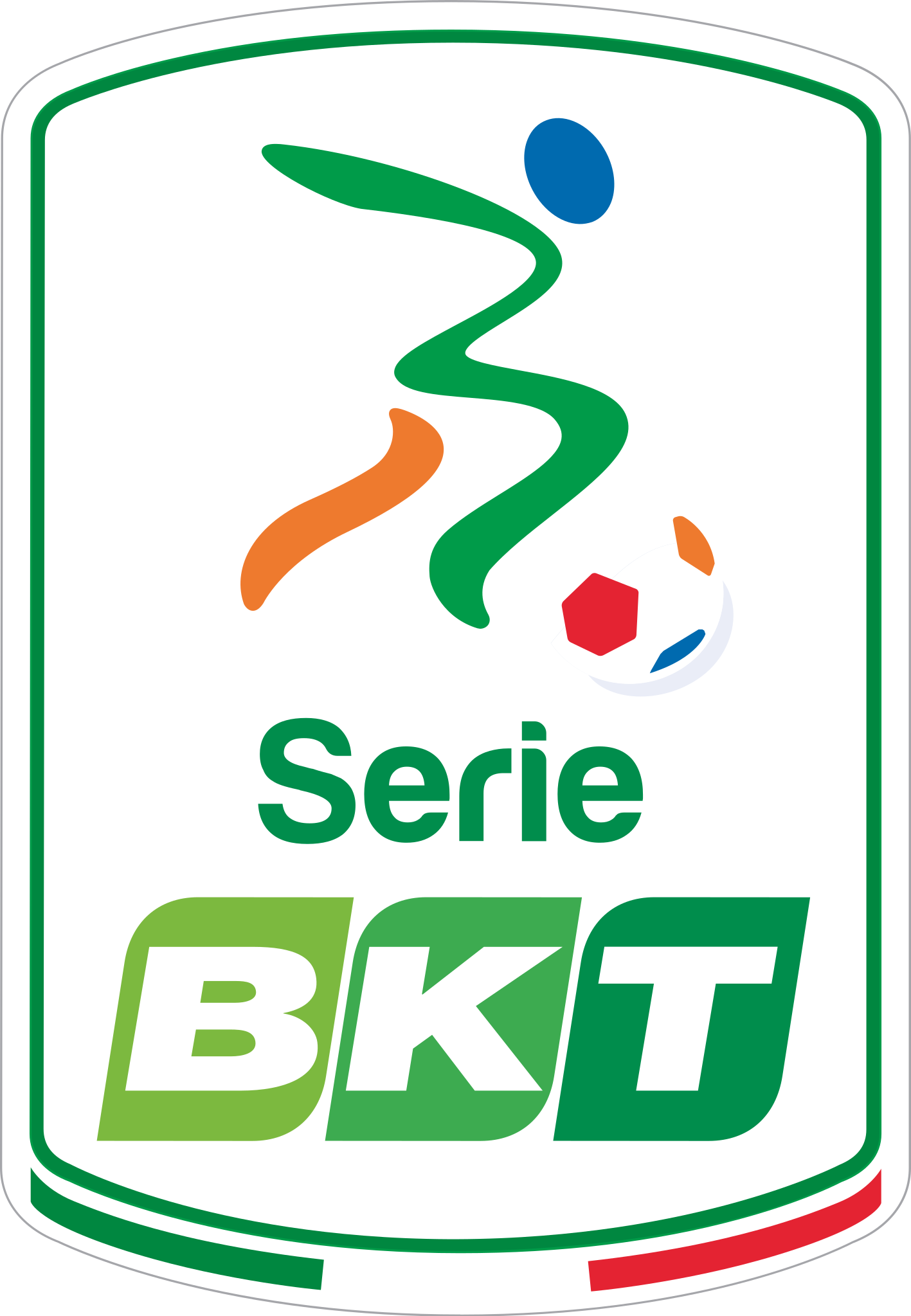 Serie B is the second-highest division in the Italian football league system after the Serie A.
Serie B is the second-highest division in the Italian football league system after the Serie A.
It has been operating for over ninety years since the 1929–30 season.
It had been organized by Lega Calcio until 2010 when the Lega Serie B was created for the 2010–11 season.
Common nicknames for the league are Campionato Cadetto and Cadetteria since Cadetto is the Italian name for junior or cadet.
Tier 3 – Serie C
(3 interregional divisions, 20 clubs per division)

Serie C is the third-highest division in the Italian football league system after Serie B and Serie A.
The Lega Italiana Calcio Professionistico (Lega Pro) is the governing body that runs the Serie C.
The unification of the Lega Pro Prima Divisione and the Lega Pro Seconda Divisione as Lega Pro Divisione Unica (often also abbreviated as Lega Pro) in 2014 reintroduced the format of the original Serie C that existed between 1935 and 1978 (before the split into Serie C1 and Serie C2).
On 25 May 2017, the Lega Pro assembly unanimously approved the return to the original name of the competition to Serie C.
NON-PROFESSIONAL LEAGUES
Tier 4 – Serie D
(9 interregional divisions, 18 clubs per division)
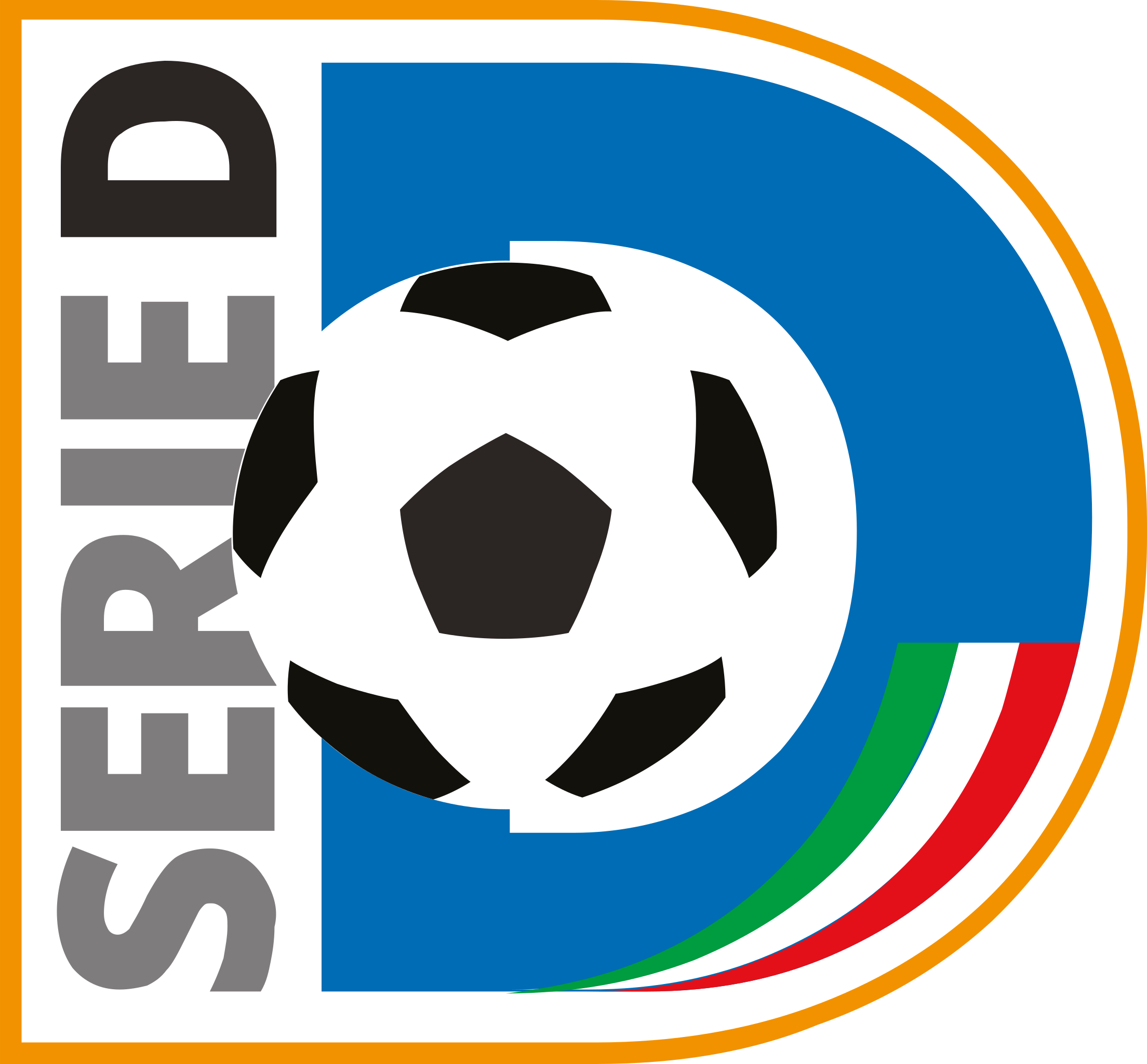
Serie D is the top level of the Italian non-professional football association called Lega Nazionale Dilettanti.
The association represents over 12,000 football players and 400 football teams across Italy.
Serie D ranks just below Serie C (the third and last professional league since 2014–15), and is thus considered the fourth-ranked league in the country.
It is organized by the Roman Comitato Interregionale (Interregional Committee), a “league in the league” inside the LND.
Tier 5 – Eccellenza
(28 regional divisions, 16–18 clubs per division)
Eccellenza is the fifth level (since 2014–15) of Italian football.
It is a regional league, composed of 28 divisions divided geographically.
All 20 regions are represented by at least one division except for Piedmont and Aosta Valley which share 2 divisions.
Veneto, Tuscany, Sicily, Lazio, Emilia-Romagna and Campania also have 2 divisions each, while the region of Lombardy has 3 divisions.
Tier 6 – Promozione
(53 regional divisions, 14–18 clubs per division)
Promozione is the sixth level in the Italian football league system.
Each individual league winner within the Promozione level progresses to their closest regional league in the Eccellenza level.
Depending on each league’s local rules, a number of teams each year are relegated from each league, to the 7th level of Italian football, the Prima Categoria.
This level of Italian football is completely amateur and is run on a regional level.
Tier 7 – Prima Categoria
(105 regional divisions, 16 clubs per division)
Prima Categoria is a level of football in Italy. It is the seventh level (since 2014–15) in the Italian football league system and is organized by the National Amateur League by the Regional Committees.
Each individual league winner within the Prima Categoria level progresses to their closest regional league in the Promozione level.
Depending on each league’s local rules, a number of teams each year are relegated from each league, to the eighth level of Italian football, the Seconda Categoria.
This level of Italian football is completely amateur and is run on a regional level.
Tier 8 – Seconda Categoria
(182 regional/provincial divisions, 16 clubs per division)
Seconda Categoria is a level of football in Italy.
It is the 8th level (since 2014-15) in the Italian football league system.
Each individual league winner within the Seconda Categoria level progresses to their closest regional league in the Prima Categoria level.
Depending on each league’s local rules, a number of teams each year are relegated from each league, to the 9th level of Italian football, the Terza Categoria.
This level of Italian football is completely amateur and is run on a regional level by a Regional Committee (Comitato Regionale).
Tier 9 – Terza Categoria
(232 provincial divisions, 6–18 clubs per division)
Terza Categoria is the lowest level of “amateur” football in Italy.
It is the ninth and lowest level in the Italian football league system.
Each individual league winner within the Terza Categoria level progresses to their closest regional league in the Seconda Categoria level. Unlike all the levels above the Terza Categoria, there is no relegation.
This level of Italian football is completely amateur and is run on a provincial level from the Local and Provincial Committees.
It is also the only Italian football division where head coaches are not requested to own any license released by the federation.
In theory, this is the final league in Italy from which a team can go all the way and become Serie A champions.
CUP COMPETITIONS
Coppa Italia
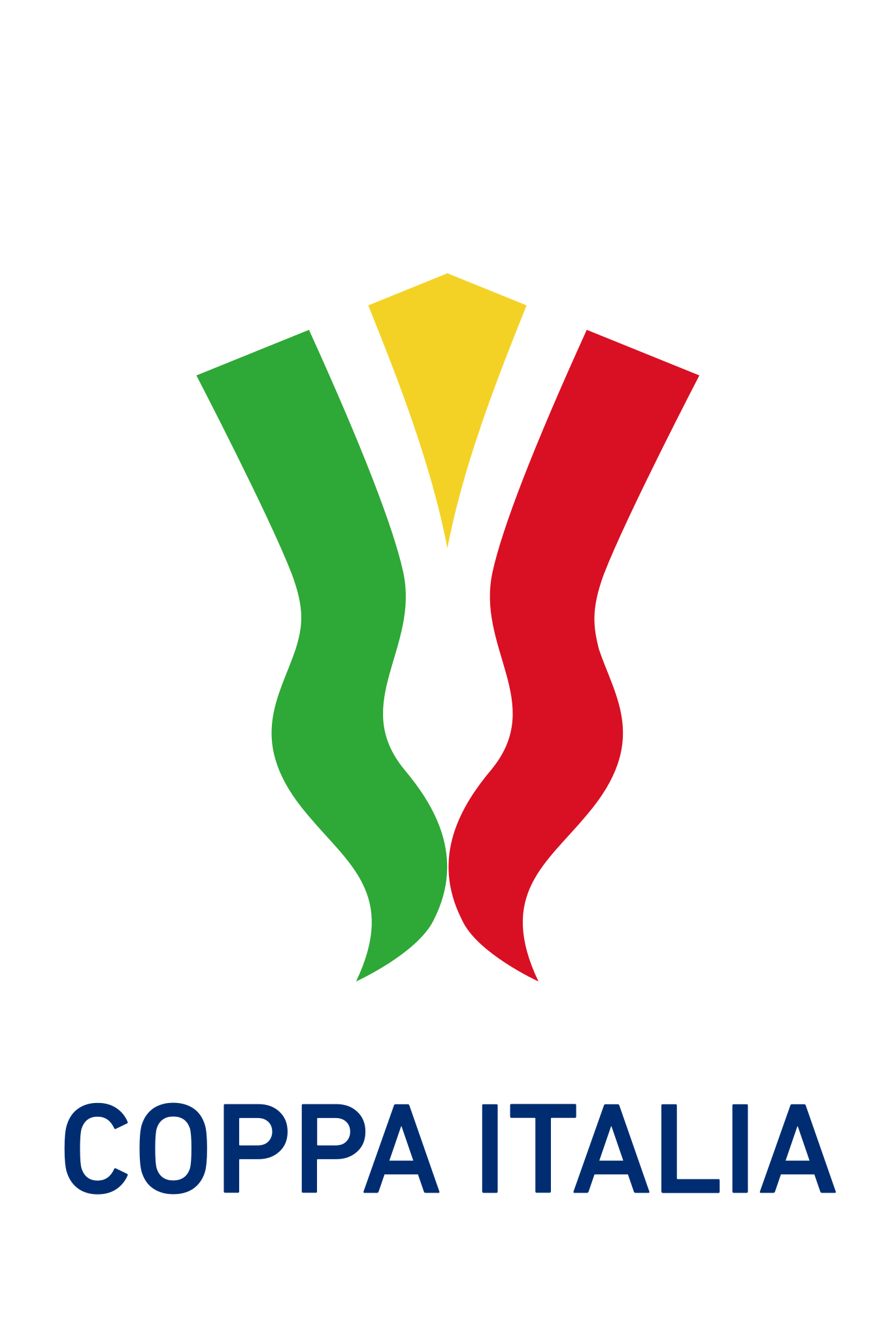
The Coppa Italia the annual knockout cup competition held in Italy between the country’s top football clubs.
It is an 8-round competition with the first round featuring teams outside of the top two divisions in Italy.
The second round features all the Serie B sides and the bottom 12 from the Serie A. The remaining 8 Serie A sides compete from the 4th round onwards.
The winner of the Coppa Italia secures qualification into the UEFA Europa League.
Supercoppa Italiana
 The Supercoppa Italiana is an annual football match contested by the winners of the Serie A and the Coppa Italia in the previous season.
The Supercoppa Italiana is an annual football match contested by the winners of the Serie A and the Coppa Italia in the previous season.
In recent years, the match has been scheduled during the winter and is contested mainly outside of Italy.
Originally, it was scheduled in the summer as a curtain-raiser to the new season, played in the home stadium of the Serie A champion.
If the same team wins both the Serie A and Coppa Italia titles in the previous season, the Supercoppa is contested by the Serie A winner and the Coppa Italia runner-up, in essence becoming a rematch of the previous year’s Coppa Italia final.
